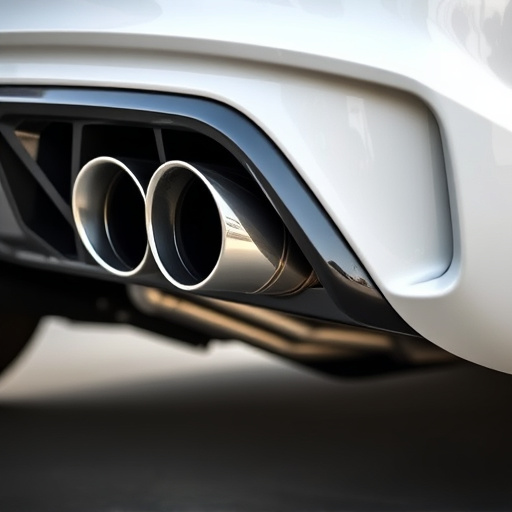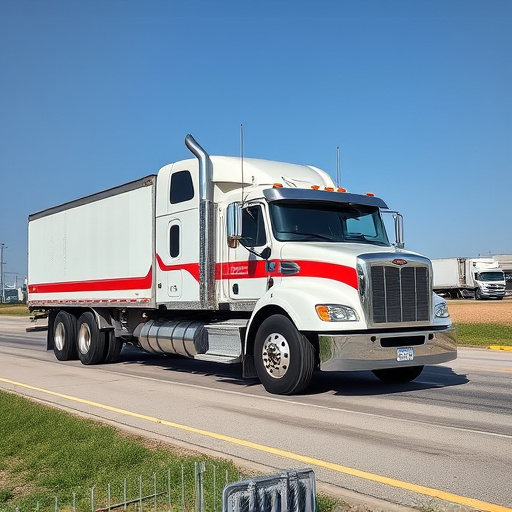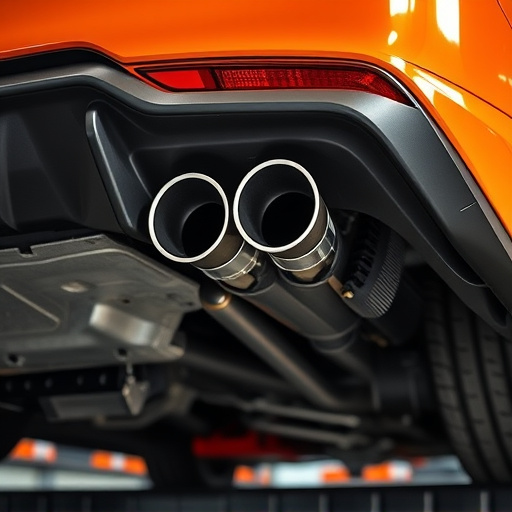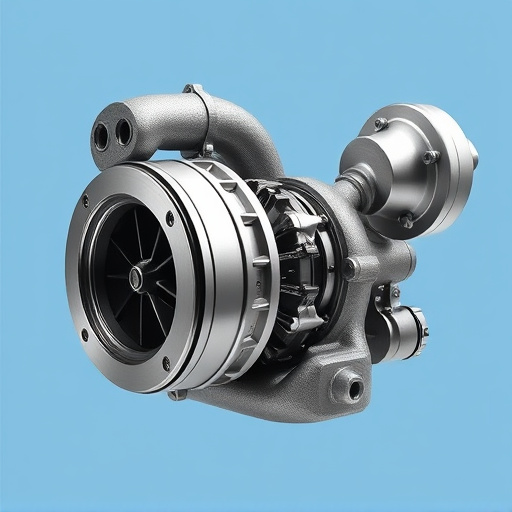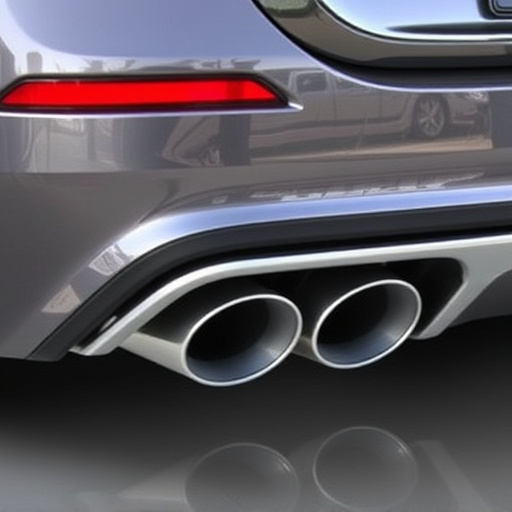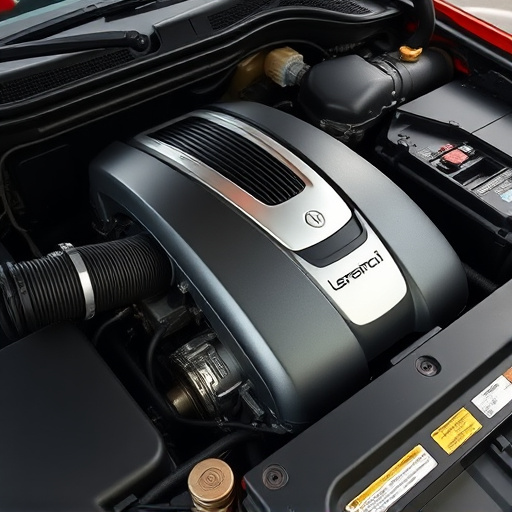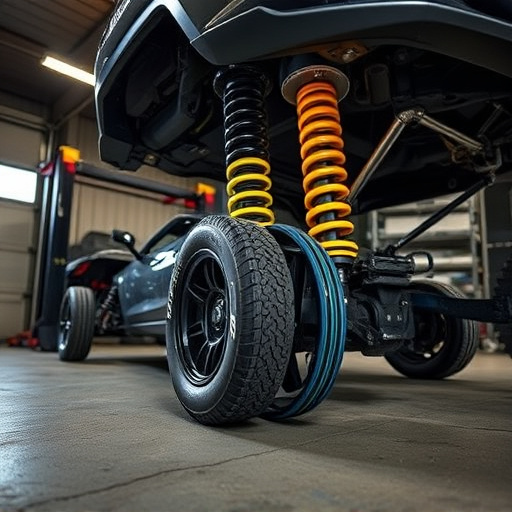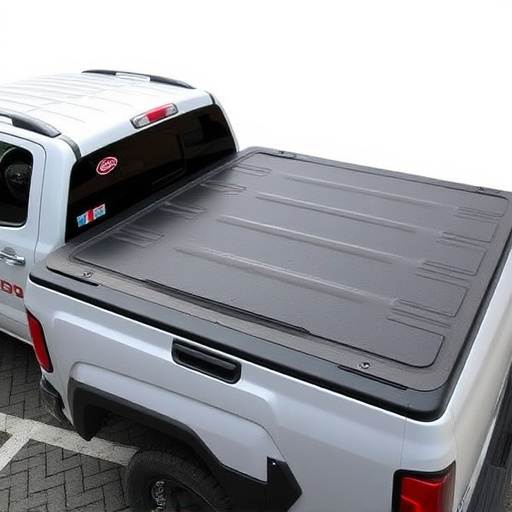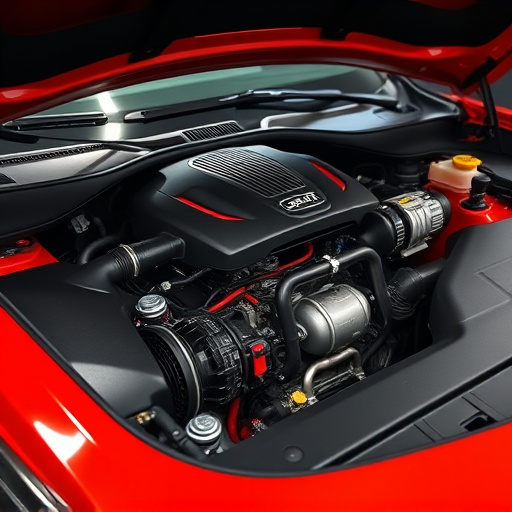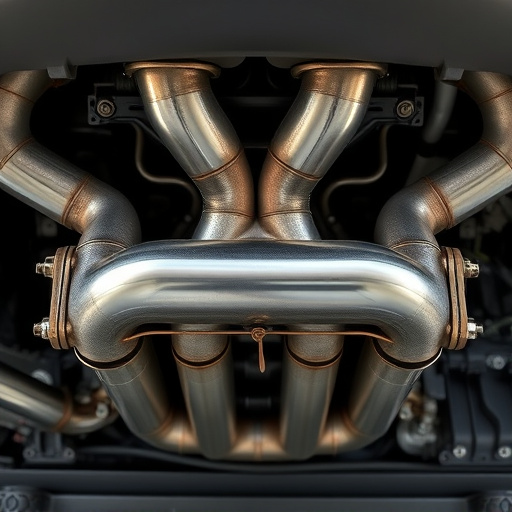Car suspension parts like springs and shock absorbers are critical for a smooth ride and vehicle control. Replacement costs vary, with basic parts ranging from $200-$500 per corner. Investing in high-quality components offers reliability and performance gains. Budgeting should balance cost and safety, prioritizing essentials first and considering affordable upgrades later. While DIY suspension replacements can save money, professional installation is recommended for complex systems to avoid safety risks and future repairs.
Car suspension parts are crucial for a smooth ride and vehicle stability. However, replacing these components can be costly, making it essential to understand the prices of common suspension parts and budgeting tips. This article guides you through the process, offering insights on estimating replacement costs, budgeting effectively, and deciding between DIY or professional suspension replacement. By understanding car suspension parts and their costs, you can make informed decisions that save money without compromising safety.
- Understanding Common Car Suspension Parts and Their Replacement Costs
- Budgeting for Suspension Repair: Tips to Save Money Without Sacrificing Safety
- DIY vs Professional Suspension Replacement: Which Option is Right for You?
Understanding Common Car Suspension Parts and Their Replacement Costs
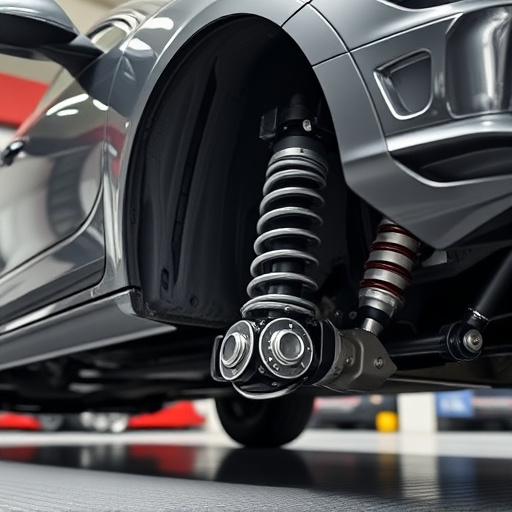
Car suspension parts are crucial for a smooth ride and vehicle control. The two primary types are spring systems and shock absorbers (also known as struts). Springs store energy and absorb shocks, while shock absorbers dampen those forces, ensuring your car stays stable and manageable on the road.
Replacement costs vary widely depending on the make, model, year, and type of suspension components needed. For example, basic spring and strut replacements can range from $200 to $500 per corner, while more advanced or specialized parts like performance brakes or exhaust tips might cost significantly more. Budgeting for these expenses should consider not only the immediate replacement costs but also the long-term reliability and performance gains offered by high-quality suspension components.
Budgeting for Suspension Repair: Tips to Save Money Without Sacrificing Safety
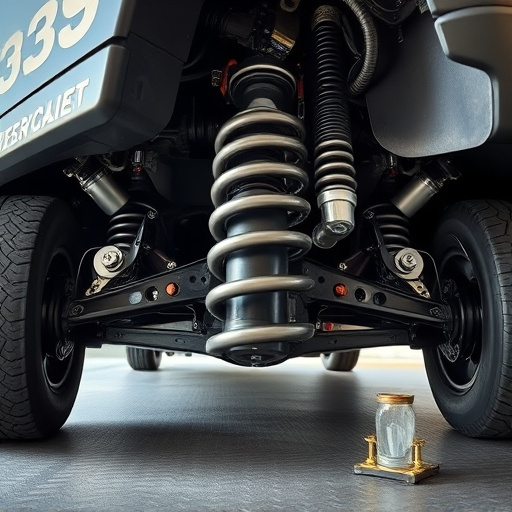
When budgeting for car suspension repair, it’s essential to balance cost-effectiveness with safety. One effective strategy is to prioritize replacement parts based on their impact on vehicle performance and safety features. Start by assessing which car suspension parts are most critical, such as shocks, struts, or control arms. Opting for high-quality, reputable brands for these core components ensures longevity and safety without breaking the bank. After addressing essential parts, consider exploring more affordable alternatives for non-critical but noticeable upgrades, like upgrading your suspension kits.
Additionally, focusing on other aspects of your vehicle can free up budget. For instance, instead of immediately replacing worn-out intake components or exhaust systems, check if regular cleaning or minor repairs can extend their lifespan. Regular maintenance and timely replacements for critical parts are key to saving money in the long run without compromising safety.
DIY vs Professional Suspension Replacement: Which Option is Right for You?
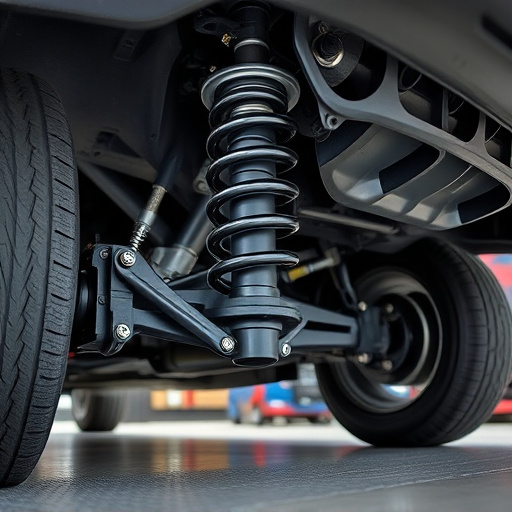
When it comes to replacing car suspension parts, you have two main options: DIY or professional installation. For many vehicle owners, tackling this task themselves can be an appealing prospect. After all, doing it yourself can save on labor costs and offer a sense of accomplishment. However, car suspension systems are complex, and incorrect installation can lead to safety hazards and costly repairs down the line. If you’re considering a DIY approach, ensure you have the necessary knowledge, tools, and time to complete the job accurately.
On the other hand, professional mechanics possess the expertise and experience required to handle even the most intricate suspension replacements. They can also offer valuable insights into your vehicle’s specific needs, recommend suitable car suspension parts, and ensure proper alignment. While this route might be pricier, it guarantees a safer and more reliable outcome. Plus, with professional installation, you can save yourself future headaches related to subpar repairs or unnoticeable issues that could impact your ride quality and safety, such as exhaust tips, cat back exhaust, or intake components.
When budgeting for car suspension parts replacement, understanding the costs associated with common components and knowing your options—whether DIY or professional repair—is essential. By staying informed, you can make savvy decisions that align with your financial goals without compromising safety. Remember, prioritizing your vehicle’s health is key to ensuring a smooth ride both literally and metaphorically.
